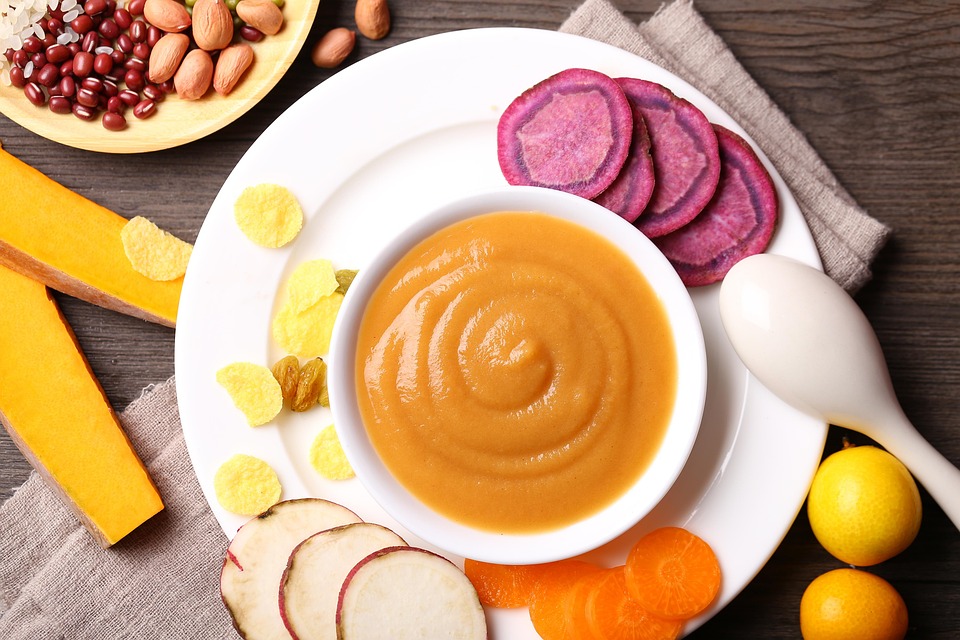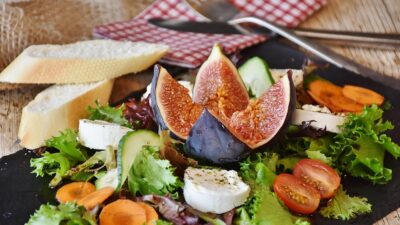The Art of Food Pairing: Elevate Your Dining Experience
Food is not merely sustenance; it is an experience, an emotive journey that brings people together. At the heart of this experience lies the art of food pairing—a skill that can elevate a meal from ordinary to extraordinary. By understanding and experimenting with different combinations of flavors, textures, and aromas, we can transform our dining experiences into vibrant celebrations.
Understanding the Basics of Flavor
At the core of food pairing is the science of flavor. Each ingredient possesses its own unique set of flavor compounds that interact with others in various ways. Here are some fundamental aspects to consider:
-
The Five Basic Tastes: Sweet, sour, salty, bitter, and umami are the primary tastes that create a rich tapestry of flavor. A balanced dish often incorporates a harmony of these tastes.
-
Aroma and Texture: The olfactory and tactile components of food also play crucial roles. Aroma can enhance or diminish the perception of a flavor, while texture adds another layer to the eating experience.
- Contrast and Complementation: Pairing food can either contrast or complement flavors. For instance, the richness of a creamy cheese can be beautifully offset by the acidity of pickled vegetables, creating a balance that delights the palate.
The Science Behind Successful Pairings
Food pairing science is intricately tied to understanding flavor compounds. For instance, the pairing of strawberries and balsamic vinegar is rooted in the fact that both contain similar volatile compounds, which create a symphony of taste when combined.
-
Molecular Analysis: Utilizing tools like gas chromatography, scientists have identified flavor compounds present in different foods. This research helps chefs and home cooks alike to find unexpected pairings, such as chocolate and blue cheese, which may seem counterintuitive but work beautifully together.
- Cultural Pairings: Many traditional dishes have survived through generations, often due to their successful flavor pairings. For instance, the combination of rice and beans is celebrated in various cultures for its balanced amino acid profile, enhancing both nutrition and flavor.
Tips for Elevating Your Food Pairing Skills
-
Experiment: Don’t be afraid to step outside your comfort zone. Try pairing ingredients that may not seem intuitive at first. A simple apple can complement sharp cheddar, while ginger can add a zing to sweet potato.
-
Use Seasonality: Ingredients that are in season often pair well together. Consider the flavors of summer tomatoes with fresh basil or autumn squash with nutmeg and sage. Seasonal pairings often arrive with a built-in harmony.
-
Incorporate Textural Elements: Think about the textures of the foods you are pairing. A creamy sauce can enhance crispy vegetables or a crunchy garnish, making for a more enjoyable overall experience.
-
Savor the Aroma: Take a moment to smell your ingredients before combining them. Often, the aroma can guide you in choosing the right companions.
- Seek Out Resources: There are numerous resources—from books to apps—that can help you understand flavor pairing better. Software like "The Flavor Network" breaks down relationships between ingredients, providing excellent insight into potential matches.
Notable Pairing Ideas to Try
- Chocolate and Sea Salt: This classic pairing enhances the richness of chocolate while the salt amplifies sweetness.
- Pineapple and Cilantro: The sweetness of pineapple pairs well with the fresh, slightly citrusy flavor of cilantro, perfect for salsas.
- Pork and Apples: The sweetness and acidity of apples balance the savory, fatty flavors in pork.
Conclusion: Create Your Culinary Signature
In the realm of gastronomy, food pairing remains an art form that invites creativity and exploration. Whether you’re a home cook or a seasoned chef, mastering this skill opens up a world of flavor possibilities. Each dish you create becomes a canvas on which to paint with the palette of taste, allowing you to craft unique experiences for yourself and your diners.
So the next time you’re in the kitchen or planning a meal, remember that the art of food pairing has the power to transform the mundane into the magical. Embrace the journey, experiment boldly, and elevate your dining experience, one plate at a time.



